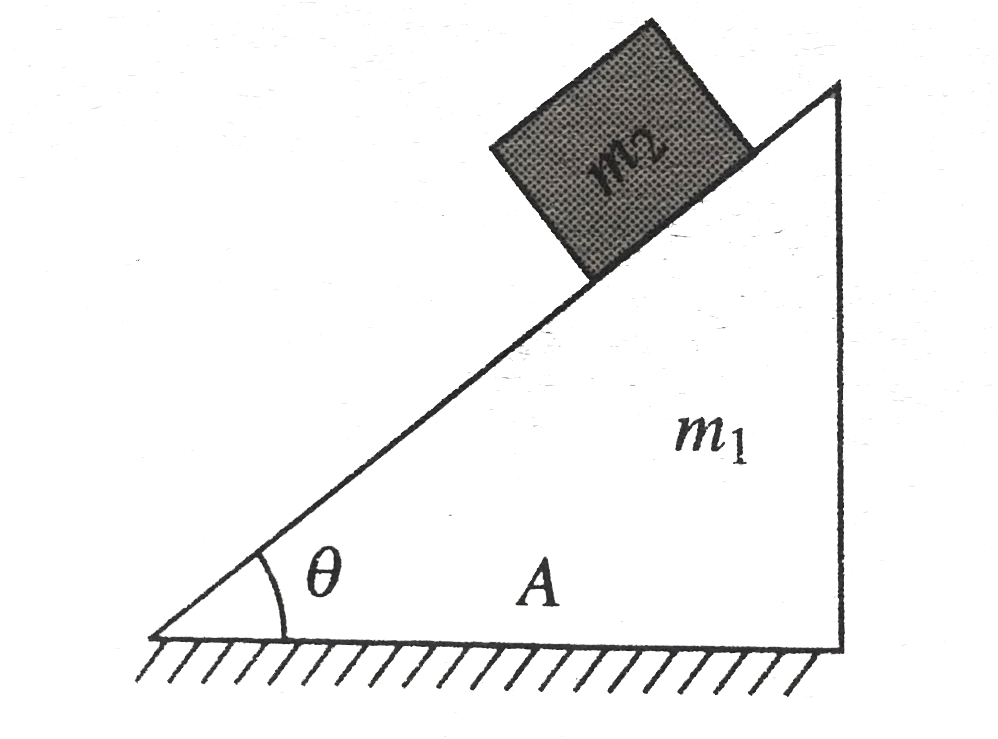A particle moves with constant angular velocity in a circle. During the motion its
energy is conserved
momentum is conserved
energy and momentum both are conserved
None of the above
The correct Answer is:A
Step by step video, text & image solution for A particle moves with constant angular velocity in a circle. During the motion its by Physics experts to help you in doubts & scoring excellent marks in Class 11 exams.
Topper's Solved these Questions
- BOOK - DC PANDEYCHAPTER - CIRCULAR MOTIONEXERCISE - Match the columns3videos
CIRCULAR MOTION
- BOOK - DC PANDEYCHAPTER - CIRCULAR MOTIONEXERCISE - Medical entrances s gallery19videos
CIRCULAR MOTION
- BOOK - DC PANDEYCHAPTER - CIRCULAR MOTIONEXERCISE - Check point45videos
CIRCULAR MOTION
- BOOK - DC PANDEYCHAPTER - CENTRE OF MASS, LINEAR MOMENTUM AND COLLISIONEXERCISE - Level 2 Subjective21videos
CENTRE OF MASS, LINEAR MOMENTUM AND COLLISION
- BOOK - DC PANDEYCHAPTER - COMMUNICATION SYSTEMEXERCISE - Only One Option is Correct27videos
COMMUNICATION SYSTEM
Similar Questions
Show that the angular momentum about any point of a single particle moving with constant velocity remains constant throughout the motion. Is there any external torque on the particle ?
View SolutionShow that the angular momentum about any point of a single particle moving with constant velocity remains constant throughout the motion.
View Solution
Knowledge Check
- Question 1 - Select One
A particle is moving with constant angular velocity along the circumference of a circle. Which of the following statements is true
AThe particle so moving executes S.H.M.BThe projection of the particle on any one of the diameters executes S.H.M.CThe projection of the particle on any of the diameters executes S.H.M.DNone of the above - Question 2 - Select One
A body moves with constant angular velocity on a circle. Magnitude of angular acceleration
ArωBConstantCZeroDNone of the above - Question 3 - Select One
A particle moves in a circle with constant angular velocity ω about a point P on its circumference. The angular velocity of the particle about the centre C of the circle is
A2ωBω2CωDNot constant
When a body is moving with a constant angular velocity , its angular acceleration is…………………………………. .
View SolutionA particle moves with a constant velocity parallel to the X-axis. Its angular momentum with respect to the origin
View SolutionA particle moves along a circule path with a constant angular velocity. This necessarily means that the motion
View SolutionIn fig., the mass m2 starts with velocity v0 and moves with constant velocity on the surface. During motion, the normal reaction between the horizontal surface and fixed triangle block m1 is N. Then during motion.
 View Solution
View SolutionA particle is moving with a constant linear velocity 5 cm/s, on the circumference of circle of radius 10 cm. The centripetal acceleration of the particle will be
View Solution

